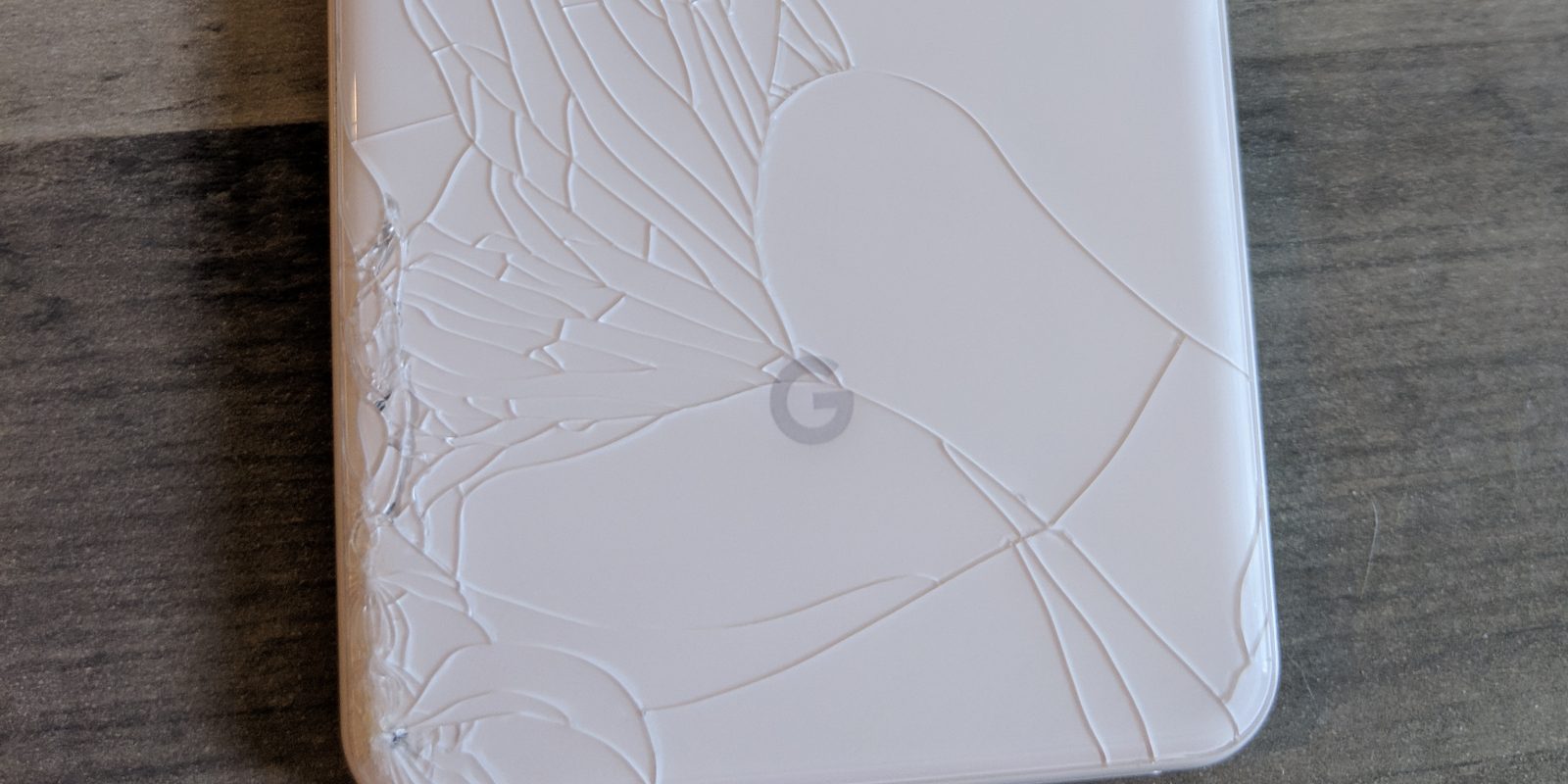
Pixel repairability was the topic of this week’s Made by Google podcast, with some interesting insight into the design process and where repair is going in the future.
Designing products from the start to be repairable is important. For example, Google shared how “engineers love glue” but “repair technicians hate glue.”
I remember going to our repair depot in Japan, and they had just outlined this process really effectively of how to take apart this device. And they had done it by station. There was just one station that all they did was take out all of the glue and scrape it out of there.
And I don’t know if you’ve had this experience of art class when you were a kid and you’d play around with the rubber cement and you’d make these massive rubber cement glue balls. That’s what it looked like.
That anecdote dates back to the Pixel 3, with the company working to change things after that. Internally, Google has a “Design for Serviceability Scorecard” for each product and says the score goes up with each device.
Looking ahead, Google’s vision is for “fixture-less repairs.”
“Fixtures are the tools you need to repair them. We want to get to a point where you can reach into a kitchen drawer and be able to replace your screen.
To replace a screen today, you need to soften the adhesive around the perimeter of the display. iFixit sells what it calls the microwavable iOpener, or you can use a hot plate, heat gun, or hair dryer, with the latter being the most accessible. You also need a suction cup/device to lift the screen as you cut/slice through the glue with a plastic pick. Finally, you might need a spudger to remove the cable connectors.
All those tools are sold in a pretty affordable kit, but — along with certain screws for other repairs — are not necessarily already available in your house.
Meanwhile, Google remains proud for offering an online calibration tool for the under display fingerprint sensor and is against parts pairing, or software restrictions on hardware components.
More on Google Pixel:
- How to maximize your Google Pixel battery life [Video]
- Google removes Pixel 5G country availability list
- Audio Emoji in Pixel Phone app gets wide beta rollout
FTC: We use income earning auto affiliate links. More.


Comments